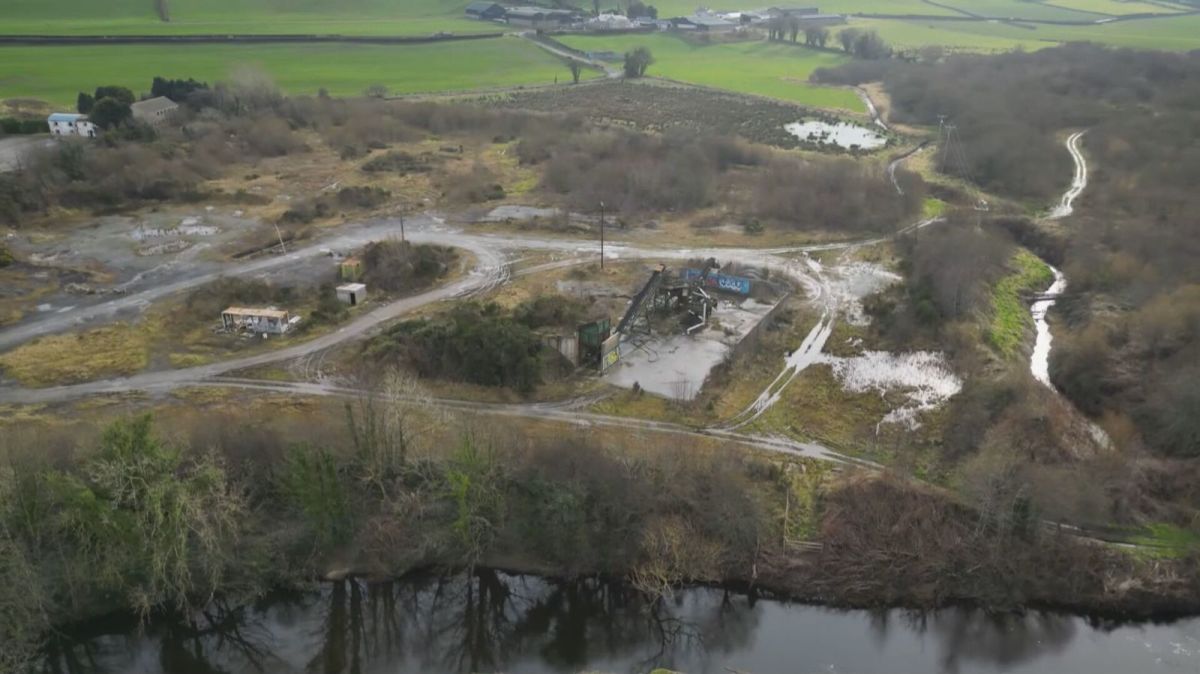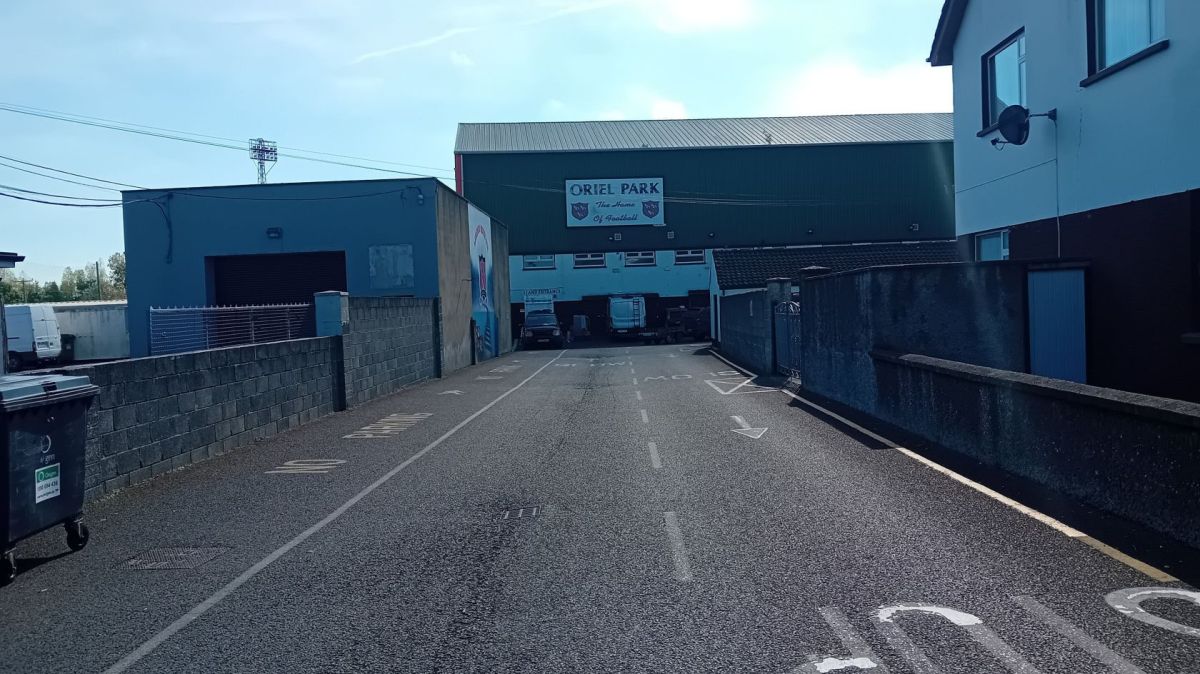The team warns that wildfires and climate change could trigger the release of these pollutants, built up over centuries, into water systems.
Led by Professor Graeme Swindles, the study involved examining peat core samples from across the UK, Ireland, and even the remote Canadian Arctic. Findings highlight that peatlands, while known for storing carbon, have also long absorbed industrial pollutants. “It’s staggering to find such high levels in landscapes we think of as pristine,” Prof Swindles said.
PhD researcher Ellie Purdy, working on Arctic samples, was struck by how widespread the contamination is—even in areas far from human development. “It’s a stark reminder of how interconnected the planet is,” she noted.
Peatlands make up about 12% of Northern Ireland, but over 80% are degraded due to drainage and burning. Dr Richard Fewster, also part of the QUB team, tested the impact of different environmental scenarios and found that wildfires cause the most immediate release of toxic metals from peat soils.
“Burning triggers a sharp release of pollutants, which doesn’t happen in undisturbed, waterlogged conditions,” he explained. “Keeping peatlands wet and stable is key to locking away these contaminants.”
Meanwhile, efforts are underway to restore peatlands like Garry Bog in Co. Antrim, where Ulster Wildlife has installed over 3,000 dams to rewet the land. Project lead James Devenney called peatlands “our most impactful carbon sinks” and stressed their importance in climate action.
Professor Swindles concluded with a clear message: “We must stop burning peatlands and commit to their restoration. The consequences of inaction are far too great.”















